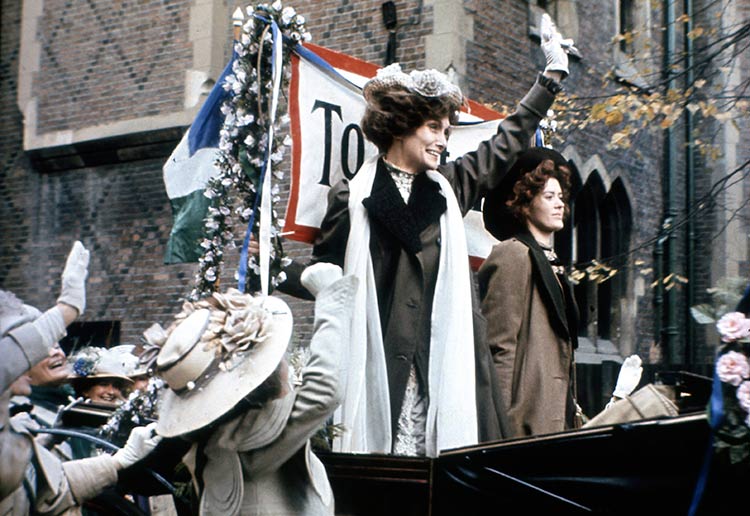The March of the Women
A BBC drama from 1974 highlights the tensions in writing feminist history.
 It is 40 years since Shoulder to Shoulder, a six-part BBC TV drama series about the suffragettes of the Women’s Social and Political Union (WSPU), was first screened.
It is 40 years since Shoulder to Shoulder, a six-part BBC TV drama series about the suffragettes of the Women’s Social and Political Union (WSPU), was first screened.
